Dynatrace adds monitoring support for Microsoft Azure Kubernetes Service deployments using Azure Linux container host
Dynatrace
MAY 24, 2023
Dynatrace is proud to provide deep monitoring support for Azure Linux as a container host operating system (OS) platform for Azure Kubernetes Services (AKS) to enable customers to operate efficiently and innovate faster. What is Azure Linux? Why monitor Azure Linux container host for AKS? Performance.

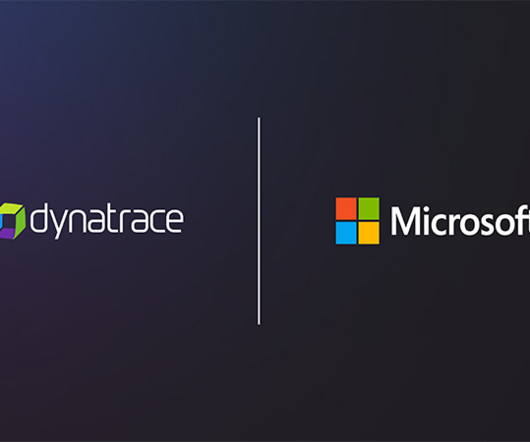

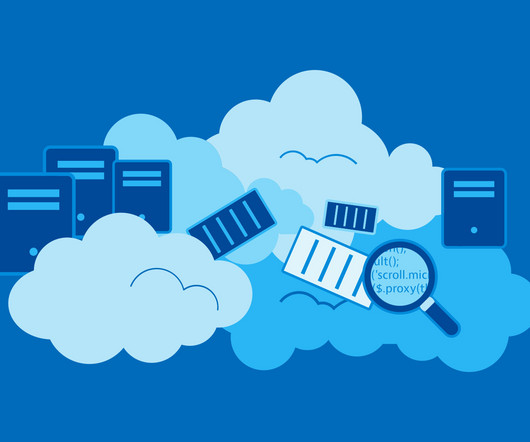
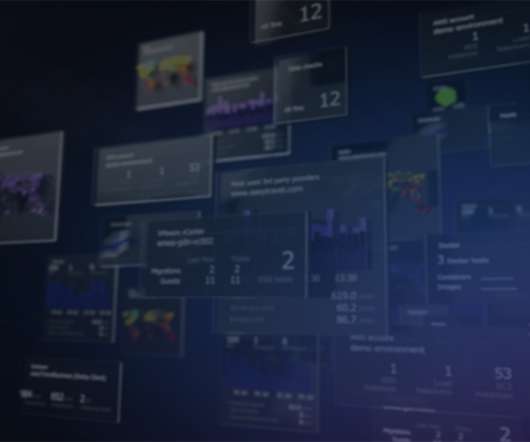


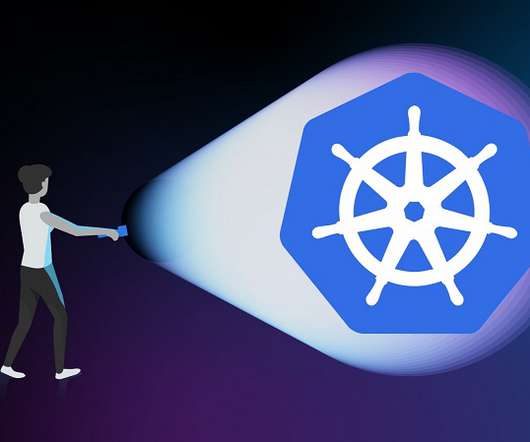
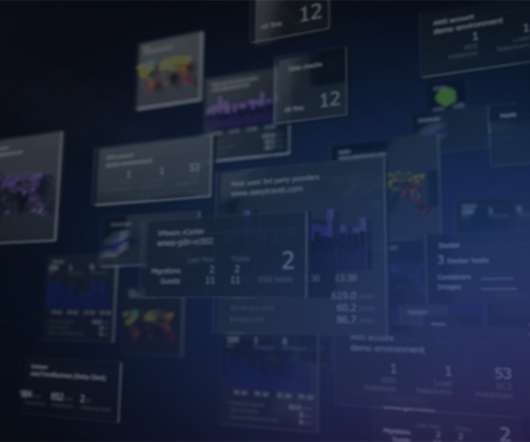

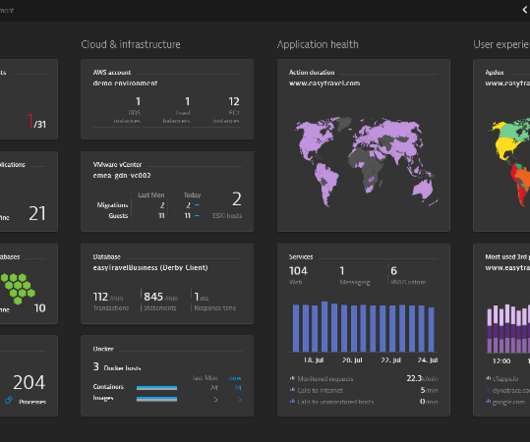









Let's personalize your content